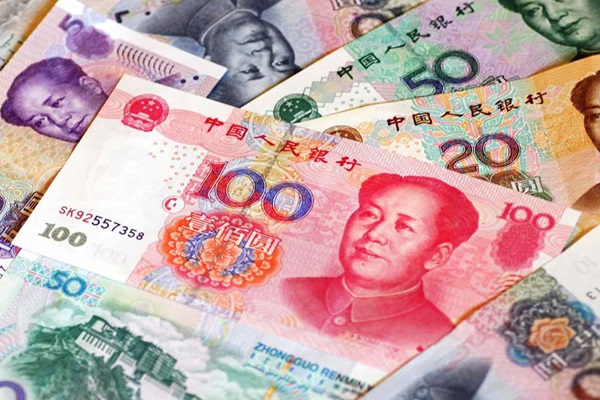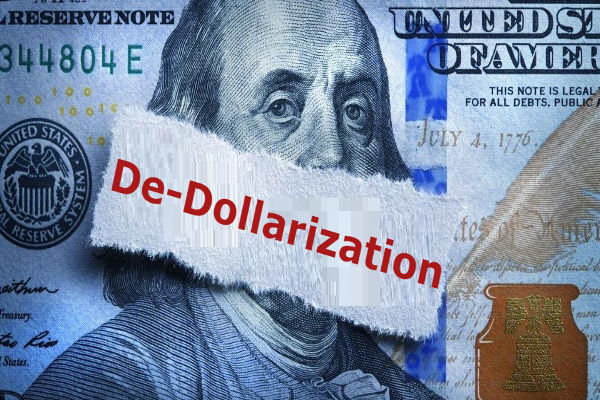Hedge arbitrage generally refers to the trading behavior of participants in
the futures market using the price differences between different months,
markets, and commodities to simultaneously buy and sell two different types of
futures contracts in order to obtain risk profits. It is a special way of
futures speculation that enriches and develops the content of futures
speculation and makes futures speculation not only limited to the level changes
of the absolute price of futures contracts but also shifted towards the level
changes of the relative price of futures contracts.

From its definition, it can be seen that there are mainly three ways.
(1) Cross-term arbitrage: Cross-term arbitrage refers to the operation in
which the same member or investor establishes equal and opposite trading
positions in different contract months of the same futures product for the
purpose of earning price differences and ends the transaction through hedging or
delivery. Cross-period arbitrage is the most commonly used type of hedging
arbitrage, which can be divided into bull market arbitrage, bear market
arbitrage, and butterfly arbitrage in practical operations.
(2) Cross-market arbitrage: including arbitrage of the same commodity in
different domestic and foreign markets, as well as arbitrage in futures
markets;
(3) Cross-commodity arbitrage refers to the arbitrage activity that primarily
utilizes the differences in strength comparison relationships between
commodities with a high correlation in trends, such as substitutes, raw
materials, and downstream products.
Arbitrage refers to the method of buying at a lower price and selling at a
higher price in the same or different markets to obtain returns. Hedging is a
method of reducing the risk of a certain investment, mainly through two related,
opposite-direction, and equivalent amounts of transactions to achieve a balance
between profit and loss. Although both definitions are essentially buying strong
and selling weak, hedging will vary in scope, and arbitrage can be said to be a
form of hedging.
Arbitrage is the process of turning one's originally incorrect operations
into reasonable ones. Usually, it involves trading against the market, and the
correlation between the varieties being operated on needs to be relatively high.
Only by achieving a trend of both up and down can one achieve the goal of
earning profits. Not to mention arbitrage but hedging, it is a kind of trading
that follows the trend without considering the correlation between varieties. As
long as the strength of volatility can be achieved, there is no need for county
inertia between varieties, and both varieties can make money or lose money.
Hedge arbitrage has a wide range of applications, covering various financial
assets such as stocks, bonds, commodities, foreign exchange, etc. There are
price or exchange rate differences between different markets or assets due to
factors such as fundamentals, market sentiment, and political events, which
provide opportunities for hedging arbitrage.
For example, in the stock market, an investor can implement hedging arbitrage
by simultaneously purchasing the stocks of a certain company and selling a
corresponding number of futures contracts. If the stock price of the company
rises but the futures price remains stable, investors can lock in stock returns
by selling futures contracts, thereby reducing the risk of stock market
volatility.
Another example is hedging arbitrage in the foreign exchange market.
Investors can establish positions in two different currencies simultaneously to
offset the risks caused by exchange rate fluctuations. For example, a
multinational enterprise may conduct transactions in both domestic and foreign
currency markets to reduce the impact of exchange rate fluctuations on its
cross-border business.
Hedging arbitrage requires investors to have a high level of market analysis
and risk management capabilities, as well as the ability to quickly execute
transactions. In addition, factors such as transaction costs, liquidity, and
regulatory requirements also need to be fully considered.







